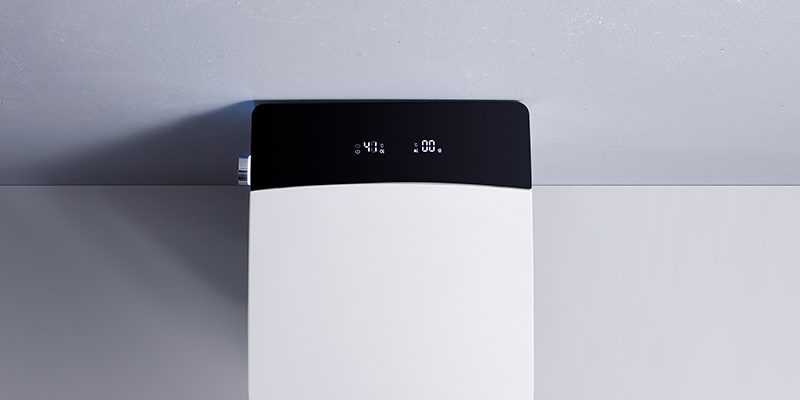Ceramic toilets are not only about hygiene but also about environmental responsibility. Here’s how sustainability is becoming a hallmark of modern ceramic toilet design:
- Water Efficiency: Many ceramic toilets are designed to be water-efficient, utilizing low-flow flush systems that reduce water consumption without compromising performance. This not only conserves water but also lowers water bills.
- Recyclable Materials: Manufacturers are increasingly using recyclable and sustainable materials in the production of ceramic toilets, reducing their environmental footprint.
- Efficient Manufacturing: Sustainable manufacturing practices, such as energy-efficient kilns and reduced waste during production, are becoming standard in the ceramic toilet industry.
- Minimal Environmental Impact: Low-flush toilets help reduce the strain on sewage systems and wastewater treatment facilities, contributing to a healthier environment.
- Longevity: Ceramic toilets are known for their durability and longevity, reducing the need for frequent replacements and minimizing waste.
- Eco-Friendly Packaging: Manufacturers are adopting eco-friendly packaging materials and minimalistic designs to reduce waste during transportation and packaging.
- Environmental Certifications: Many ceramic toilets are certified by environmental organizations, ensuring that they meet rigorous sustainability and efficiency standards.
By choosing a sustainable ceramic toilet, homeowners not only promote personal hygiene but also make a positive impact on the environment, aligning with a responsible and eco-conscious lifestyle.








